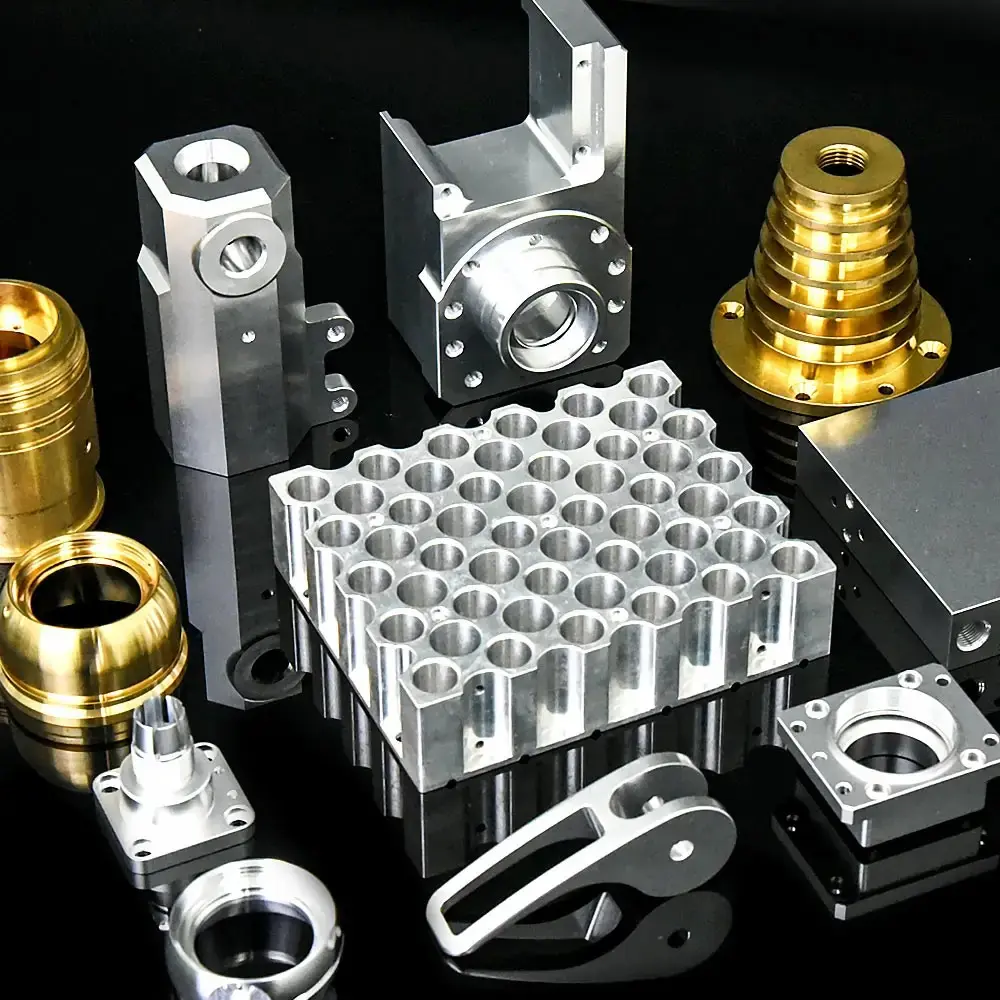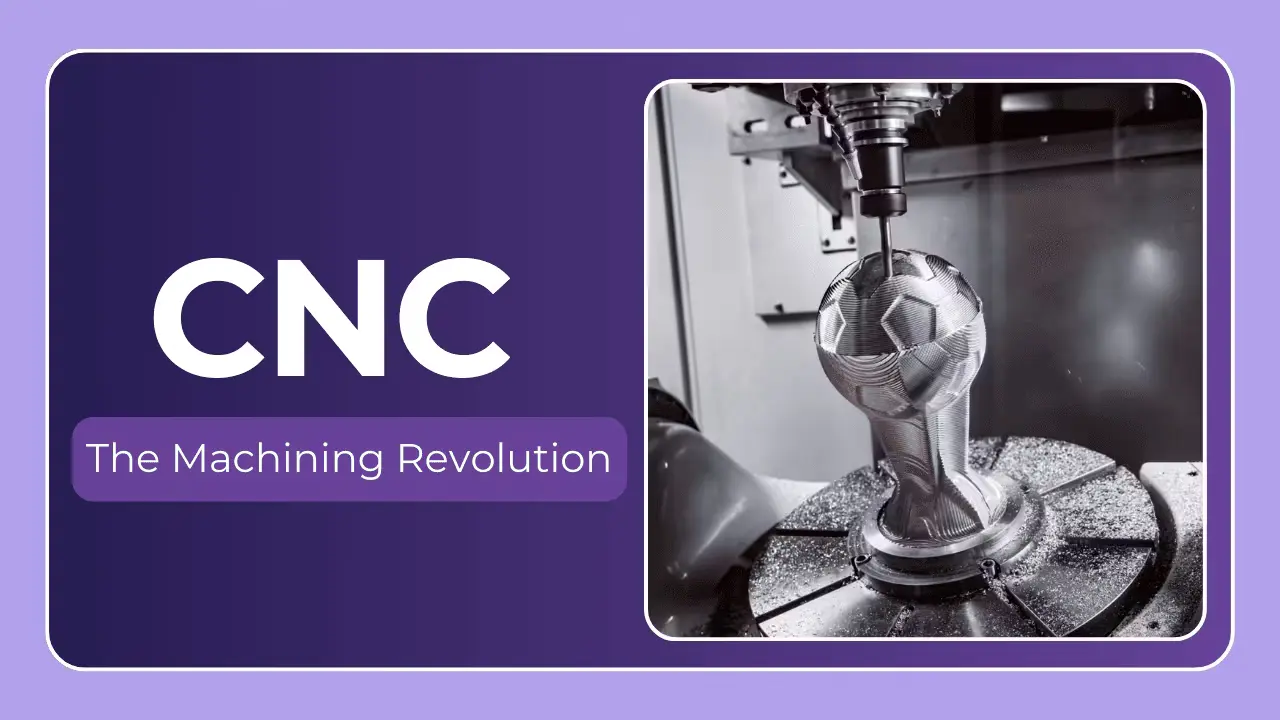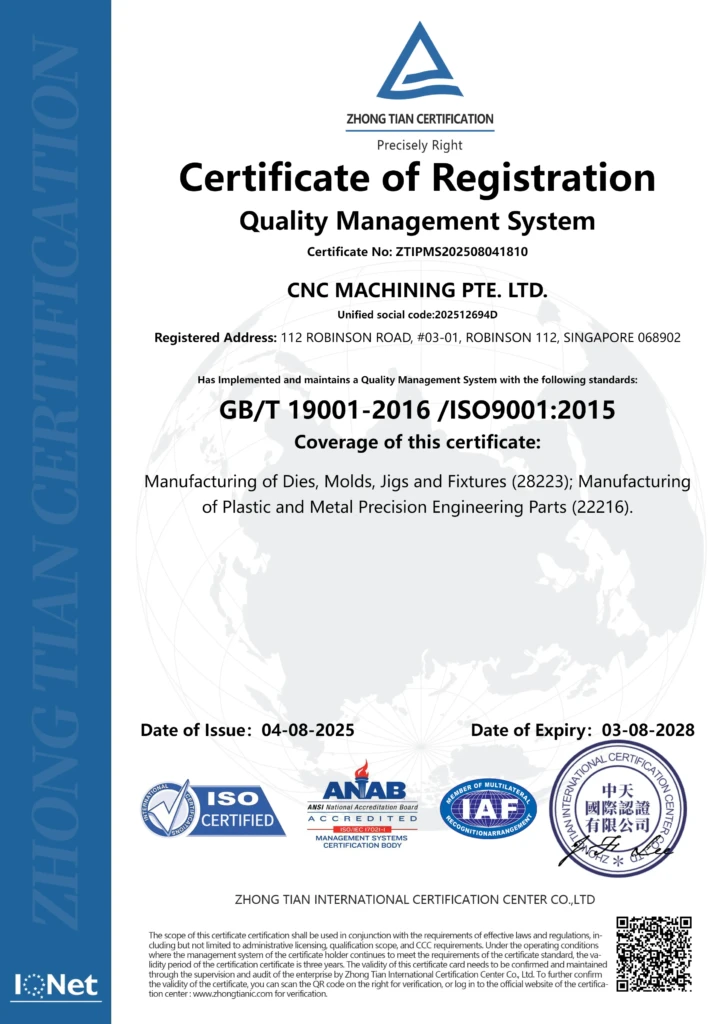5-Axis vs. 3-Axis CNC Machining: Which Complex Parts Need Advanced Capabilities?
In the world of precision manufacturing, CNC machining stands as a pillar of innovation, enabling industries to create parts with unparalleled accuracy and complexity. Among the most critical decisions engineers, purchasers, startup owners, and multinational company leaders face is choosing between 5-axis vs 3-axis CNC machining. This choice becomes even more pivotal in high-stakes industries like aerospace, where parts must meet stringent standards for performance, safety, and durability.
In this post, we’ll dive deep into the differences between these two machining methods, explore their applications in aerospace, and provide insights to help you decide which technology is best suited for your complex parts. We’ll also showcase why CNC MACHINING PTE. LTD, a leader in 5-axis CNC machining, is the ideal partner for your aerospace manufacturing needs.
Introduction to CNC Machining
CNC (Computer Numerical Control) machining is a subtractive manufacturing process where computer-guided tools remove material from a solid block to create precise parts. Its ability to produce intricate geometries with tight tolerances has made it indispensable across industries—from automotive to medical devices. However, not all CNC machines are created equal. The number of axes a machine operates on—typically 3 or 5—determines its capabilities, especially when it comes to complex parts.
In aerospace, where components like turbine blades, impellers, and structural brackets demand extreme precision, the choice between 5-axis vs 3-axis CNC machining can make or break a project. Understanding the strengths and limitations of each is crucial for optimizing both cost and performance.
Understanding 3-Axis CNC Machining
3-axis CNC machining operates along three linear axes: X, Y, and Z. The cutting tool moves horizontally (X and Y) and vertically (Z), allowing it to shape the workpiece from these directions. This setup is ideal for parts with simpler geometries, such as flat surfaces, holes, and slots.
Capabilities of 3-Axis CNC Machining
- Efficient for 2D and 2.5D Parts: Perfect for parts that don’t require undercuts or complex angles.
- Cost-Effective: Lower setup and operational costs make it suitable for high-volume production of less intricate components.
- Widely Available: Most machine shops offer 3-axis services, making it accessible for a range of projects.
Limitations of 3-Axis CNC Machining
- Multiple Setups Required: For parts with features on multiple sides, the workpiece must be repositioned, increasing the risk of errors and extending production time.
- Limited to Simpler Geometries: Struggles with parts that have deep cavities, complex curves, or intricate details.
For aerospace applications, 3-axis machining is often used for simpler components like mounting brackets or flat panels. However, when complexity ramps up, its limitations become apparent.
Understanding 5-Axis CNC Machining
5-axis CNC machining adds two rotational axes (A and B) to the standard X, Y, and Z movements. This allows the cutting tool to approach the workpiece from virtually any angle, enabling the creation of highly complex shapes in a single setup.
Capabilities of 5-Axis CNC Machining
- Complex Geometries: Ideal for parts with intricate curves, undercuts, and multi-sided features.
- Single-Setup Efficiency: Reduces the need for repositioning, minimizing errors and speeding up production.
- Superior Precision: Achieves tighter tolerances and smoother finishes, critical for aerospace components.
Limitations of 5-Axis CNC Machining
- Higher Cost: More expensive due to advanced equipment and skilled operators.
- Longer Programming Time: Requires more sophisticated software and expertise to program complex tool paths.
In aerospace, 5-axis CNC machining is the go-to choice for parts like turbine blades, which feature complex contours and require flawless surface finishes to ensure optimal airflow and efficiency.
Key Differences Between 5-Axis vs 3-Axis CNC Machining
To make an informed decision, it’s essential to understand how these two technologies compare across critical factors:
| Factor | 3-Axis CNC Machining | 5-Axis CNC Machining |
|---|---|---|
| Precision | Suitable for moderate tolerances | Achieves ultra-tight tolerances (±0.005mm) |
| Complexity | Best for 2D/2.5D parts | Excels with 3D geometries and multi-sided parts |
| Setup Time | Multiple setups for complex parts | Single setup for most complex parts |
| Production Speed | Slower for intricate designs | Faster for complex parts due to fewer setups |
| Cost | Lower for simple, high-volume parts | Higher, but justified for complex, low-volume parts |
| Applications | Flat panels, simple brackets | Turbine blades, impellers, structural components |
For aerospace professionals, this table highlights why 5-axis CNC machining is often the superior choice for complex parts. The ability to machine intricate geometries in a single setup not only saves time but also enhances accuracy—a non-negotiable in an industry where even the smallest deviation can lead to catastrophic failure.
Applications in Aerospace: When Complexity Demands 5-Axis Machining
Aerospace components are among the most demanding in terms of precision and material properties. Here are some parts where 5-axis CNC machining is essential:
Turbine Blades
- Why 5-Axis?: Their aerodynamic shapes require smooth, continuous surfaces and precise angles, which 5-axis machines can achieve in one go.
- Material: Often made from titanium or nickel-based superalloys, which are tough to machine but manageable with advanced tooling.
Impellers
- Why 5-Axis?: These parts feature complex curves and deep cavities that are nearly impossible to machine accurately with 3-axis technology.
- Benefit: Single-setup machining ensures concentricity and balance, critical for high-speed rotation.
Structural Brackets
- Why 5-Axis?: Multi-sided features and compound angles make 5-axis machining more efficient and precise.
- Cost Savings: Fewer setups reduce labor costs and minimize the risk of errors.
For these parts, 5-axis CNC machining isn’t just a luxury—it’s a necessity. The advanced capabilities ensure that each component meets the rigorous standards of the aerospace industry.
When to Choose 5-Axis Over 3-Axis CNC Machining
Deciding between 5-axis vs. 3-axis CNC machining depends on several factors:
- Part Complexity: If your part has intricate 3D features, undercuts, or requires machining on multiple sides, 5-axis is the way to go.
- Material: Tough materials like titanium or Inconel benefit from the precision and tool control of 5-axis machines.
- Production Volume: For low to medium volumes of complex parts, 5-axis machining offers better value despite higher upfront costs.
- Time Constraints: When speed is critical, the single-setup efficiency of 5-axis machining can significantly shorten lead times.
Real-World Scenario: Imagine an aerospace startup developing a new drone. The engineers need a custom gearbox housing with internal channels and precise mounting points. With 3-axis machining, this would require multiple fixtures and setups, increasing the risk of misalignment. By choosing 5-axis CNC machining, they can produce the part in one operation, ensuring perfect alignment and reducing time to market.
Why CNC MACHINING PTE. LTD is the Best Choice for Aerospace Parts
When it comes to 5-axis CNC machining for aerospace, CNC MACHINING PTE. LTD stands out as a trusted partner. Here’s why:
- Advanced Equipment: Our state-of-the-art 5-axis CNC machines handle the most complex geometries with ease.
- Material Expertise: We specialize in aerospace-grade metals like aluminum, titanium, and stainless steel, ensuring your parts meet industry standards.
- One-Stop Solutions: From machining to post-processing (anodizing, heat treatment, etc.), we offer end-to-end services for a seamless experience.
- Rapid Customization: Our streamlined process allows for quick turnaround, even for intricate designs.
- Competitive Pricing: We provide transparent, cost-effective solutions without compromising on quality.
Whether you’re a startup prototyping a new concept or a multinational refining a production run, our custom CNC machining services are tailored to your needs.
Conclusion: Elevate Your Aerospace Projects with 5-Axis CNC Machining
In the aerospace industry, where precision is paramount, 5-axis CNC machining offers the advanced capabilities needed to produce complex, high-performance parts. While 3-axis CNC machining remains a cost-effective choice for simpler components, the single-setup efficiency, superior precision, and versatility of 5-axis technology make it indispensable for intricate designs.
At CNC MACHINING PTE. LTD, we combine cutting-edge technology with deep industry expertise to deliver parts that meet the highest standards. Ready to take your project to new heights? Contact us today to explore how our 5-axis CNC machining services can bring your vision to life.
Get Started:
📞 Call us at [86 180 2915 1310]
🌐 Visit [https://cnc-5-axis.com/] to request a quote!





